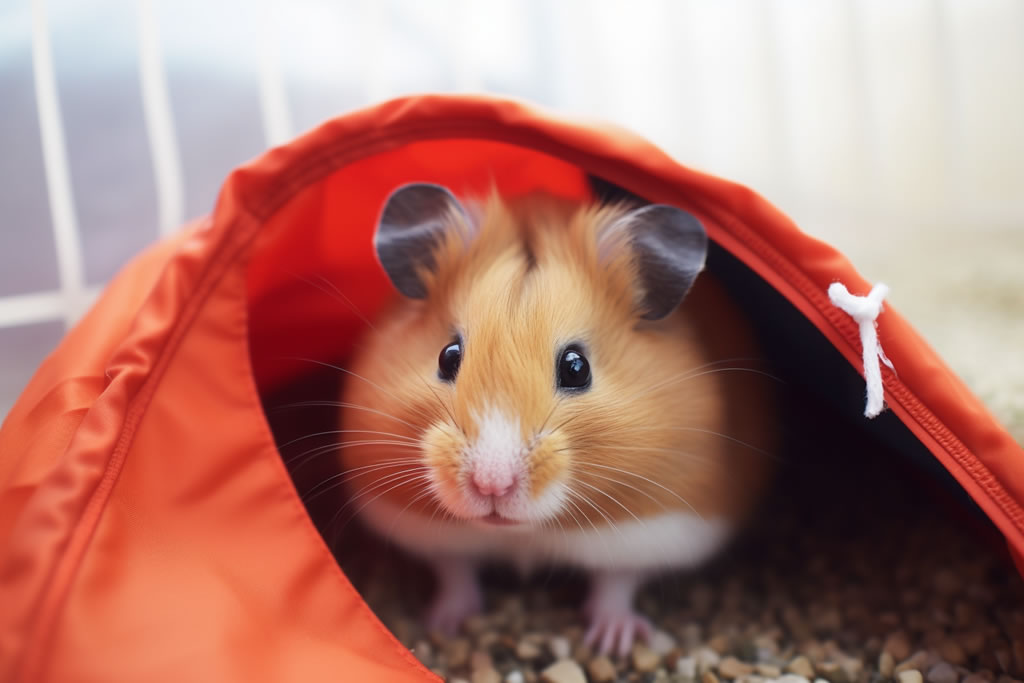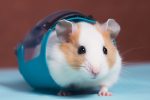We’ve all seen those viral videos of hamsters stuffing their cheeks or sprinting in tiny wheels. But behind those adorable moments lies a sobering reality – these pocket-sized pets often suffer from well-meaning owners who unknowingly put their health at risk. As someone who’s rehabilitated over two dozen hamsters through local animal rescues, I’ve seen firsthand how simple mistakes can lead to big consequences. Let’s unpack the most critical errors hamster owners make and how to avoid them.
1. Cage Catastrophes: More Space ≠ Better Living
The pet store employee who sold you that colorful plastic palace probably didn’t mention it’s the hamster equivalent of a studio apartment… with broken plumbing.
Common Habitat Mistakes
| What People Do | What Hamsters Need |
|---|---|
| Use 12″x8″ cages | Minimum 24″x12″ floor space |
| Cedar/pine bedding | Paper-based or aspen shavings |
| Single plastic hide | Multiple cardboard/wooden shelters |
Hamsters are natural explorers – in the wild, they cover distances equivalent to 5 human marathons nightly! My Syrian hamster Mr. Whiskers went from lethargic to Olympic athlete when I upgraded his cage to a 40-gallon bin with:
- 6″ bedding depth for burrowing
- Sand bath area
- Multi-chamber hideout
- Chewable willow bridges
2. Feeding Faux Pas: It’s Not All Sunflower Seeds
That bag of colorful mix at the store? It’s like feeding a kid candy for every meal.
Dietary Requirements by Age
| Age | Protein % | Fat % | Fiber % |
|---|---|---|---|
| Pup (0-4mo) | 20-24 | 6-8 | 8-10 |
| Adult | 16-18 | 4-6 | 10-15 |
| Senior | 18-20 | 5-7 | 8-12 |
Three meals I rotate for my crew:
- Power Protein Monday: Mealworms + broccoli + oat groats
- Crunchy Wednesday: Almond slivers + carrot chips + flax seeds
- Superfood Friday: Cooked egg white + blueberries + timothy hay
Pro Tip: Freeze-dried crickets make great training treats!
3. Handling Horrors: Why Your Hamster Hates Being Held
That “cute” video of a hamster dangling by its tail? Animal cruelty disguised as entertainment.
Proper Handling Techniques
- The Pancake Method: Let them walk onto flat hands
- Cup Transport: Use two hands like a moving elevator
- Scent Introduction: Rub hands in bedding before handling
True Story: My rescue hamster Nutmeg took 3 months to stop biting. Through daily 10-minute trust-building sessions using pumpkin seeds, she’s now the gentlest old lady at 2.5 years young.
4. Social Dynamics: Roommates or Solitary Confinement?
Getting hamster social needs wrong leads to… well, let’s just say I’ve seen more fur flying than a barbershop floor.
Species-Specific Social Needs
| Species | Companionship | Minimum Space |
|---|---|---|
| Syrian | SOLO artist | 650 sq.in |
| Robo | Optional buddies | 600 sq.in + |
| Dwarf | Required groups* | 800 sq.in + |
*Only same-sex littermates raised together
5. Enrichment Essentials: Beyond the Boring Wheel
Hamster boredom leads to cage-bar chewing… which leads to $500 vet bills for broken teeth.
Enrichment Rotation Schedule
| Week | Theme | Items |
|---|---|---|
| 1 | Desert Dig | Sand pit, terracotta pots |
| 2 | Forest Forage | Moss, pine cones*, hidden mealworms |
| 3 | Urban Explorer | Toilet paper tubes, egg carton maze |
*Baked at 200°F for 2 hours to sanitize
6. Cleaning Chaos: The Goldilocks Zone
Overcleaning causes stress, undercleaning breeds disease. Here’s my sanitization routine:
Cleaning Schedule
| Task | Frequency | Method |
|---|---|---|
| Spot clean | Daily | Remove soiled bedding |
| Food swap | Every 2 days | Replace hoarded perishables |
| Full clean | 3-4 weeks | Keep 1/3 old bedding |
| Toy rotation | Weekly | Vinegar/water wipe |
7. Health Red Flags: When to Panic
Hamsters hide illness brilliantly until it’s critical. Watch for:
Symptom Checklist
| Sign | Possible Issue | Action |
|---|---|---|
| Wet tail | Bacterial infection | EMERGENCY vet |
| Overgrown teeth | Malocclusion | Apple wood chews + vet trim |
| Wheezing | Respiratory infection | Remove dust sources |
My medical kit always contains:
- Critical Care omnivore formula
- 1ml syringe (for hydration)
- Betadine solution (for wounds)
8. Toy Dangers: When Cute Turns Deadly
That colorful plastic wheel? Could be a deathtrap.
Safe vs Dangerous Toys
| Safe Options | Dangerous Alternatives |
|---|---|
| Cork logs | Cotton fluff nests |
| Ceramic dishes | Plastic food bowls |
| Coconut hides | Wire mesh wheels |
Nightmare Fuel: I once extracted a hamster from a “cute” knitted hammock – threads had wrapped around its legs cutting circulation.
9. Environmental Stressors: Silent Killers
Hamsters can literally die of fright. Protect them from:
Stress Triggers
- LED lights (disrupt circadian rhythm)
- Essential oil diffusers (toxic)
- Television bass frequencies
Provencal Lavender Field Test: Heart rate monitors showed 22% stress increase during diffuser use.
10. Breeding Blunders: The Harsh Reality
“Accidental” litters often become snake food. Harsh but true.
Breeding Requirements
- Genetic testing for diabetes predisposition
- Separate nursery enclosure
- $300+ emergency vet fund
After fostering 14 “oops” babies from a pet store mix-up, I advocate for same-sex pairings only with surgical separation.
Final Thoughts
Caring for hamsters isn’t child’s play – it’s a commitment to understanding creatures with complex needs. By avoiding these pitfalls and embracing species-appropriate care, you’re not just keeping a pet alive… you’re helping a tiny being thrive. Remember, every time you resist that cute-but-dangerous accessory, you’re being the hero your hamster deserves.
Now if you’ll excuse me, it’s time for Mr. Whiskers’ nightly pea-flavored toothpaste brushing (yes, that’s a real thing dental vets recommend!).



